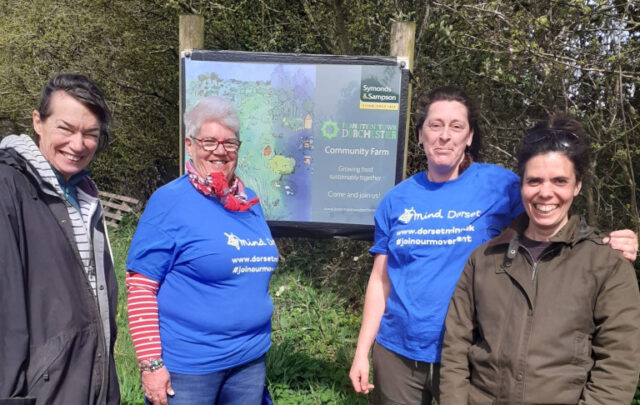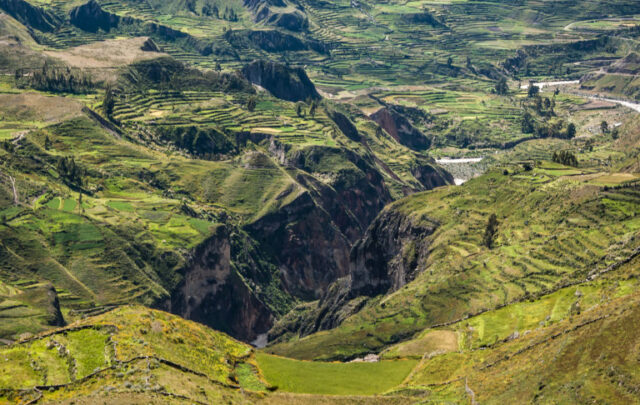Click on the headline (link) for the full text.
Many more articles are available through the Energy Bulletin homepage
Peak Oil and New Tourism (powerpoint presentation)
James Leigh, University of Nicosia, Cyprus
Mass international tourism has thrived on the abundant and cheap supply of energy, and this is about to change as the world moves towards “Peak Oil”. The resultant scarcity and high price of all energy fuels will produce changes in human activities across the board, and specifically in tourism.
In this looming transitional era, which has probably already arrived, tourism needs to make some dramatic changes to harmonize with the new realities of a post-energy world and its new society.
Follow this dynamic topic, with an audio-visual lecture supported by PowerPoint and videos, by going to the following webpage
(August 2009)
Dr. James Leigh is Asst. Professor Cultural Geography at the School of Business at the University of Nicosia. His website is here.
Let There Be Light!
Sharon Astyk, Casaubon’s Book
…One of the funny things about generating light, unlike a lot of other non-fossil fueled alternatives, is that most of the homemade, seemingly lower impact models are actually *higher* impact – that is, the petroleum based candles you buy at the store are probably of greater impact than simply running a Compact Flourescent lightbulb. So is your kerosene lamp. Even beeswax candles may be a bigger impact, depending on where you are getting them from. That’s because electricity isn’t a bad way to generate light.
That said, however, plastic and battery based things break. I find that my best solutions are a mix of all of these – candles and kerosene lamps, solar lanterns and rechargeable batteries.
Now preparations need to have two functions – first, they meet your needs in a crisis. But second, they allow you to live the kind of life you want even when you aren’t in crisis, and presuming that most of us want our light sources to be ethical ones, and to provide the most for the least, that means sorting out some options. Let’s talk options…
(13 August 2009)
Another bold move in Portland
Daniel Lerch, Planetizen
When we moved the Post Carbon Cities office to downtown Portland I was thrilled to get a bird’s-eye view of the downtown streetcar, the first new streetcar line built in the US since World War II. This morning I got a new history-making treat out my window: four wind turbines mounted yesterday on a new high-rise, among the first such urban wind projects in the country.
Developer Gerding Edlen and designers (and primary office tenant) Zimmer Gunsul Frasca Architects are well aware that the turbines will generate only a a tiny amount of electricity for the building, known as Twelve|West. They’re looking father ahead: they see the potential in urban wind and they want to find out how far they can take it.
It’s that willingness to experiment that excites me about this project. Urban wind power has been roundly critized for years as impractical: the wind flow would be too weak and turbulent, the turbines’ vibrations would create structural problems, the noise would bother people living and working nearby, etc. That’s all largely true for older-model wind turbines, but it may well be changing as technology advances and — just as important — as planning, design and development lessons are learned. There’s only one way to know…
(14 August 2009)
Bolivians look to ancient farming
James Painter, BBC News
Poor farmers in the heart of Bolivia’s Amazon are being encouraged to embrace the annual floods – by using a centuries-old irrigation system for their crops.
They are experimenting with a sustainable way of growing food crops that their ancestors used.
It could provide them with better protection against the extremes of climate change, reduce deforestation, improve food security and even promise a better diet.
These are the bold aims of a two-year-old project being carried out by a non-governmental organisation near Trinidad, the capital of the department of Beni.
The system is based on building “camellones” – raised earth platforms of anything up to 2m high, surrounded by canals…
(18 August 2009)
related: Can New Growth Save the Amazon Rainforest?. Check out the post on the updated Culture Change website that points to these articles. -KS
Ambitious Solar Project to Use Recycled City Wastewater
Daniel Flahiff, Worldchanging
Four thousand acres of private land in the Mojave desert are slated to become the site of an ambitious new concentrating solar power (CSP) plant: Hualapai Valley Solar (HVS). Named one of the Top 100 US Strategic Infrastructure Projects by CG/LA Infrastructure LLC, HVS is expected to produce 340MW of electricity, provide hundreds of new jobs and attract new business to the local area.There’s only one problem — water.
HVS will consume an estimated 800 million gallons of water each year, placing significant pressure on the local aquifer. According to an article in the Kingman Daily Miner:
…the water issue may remain a substantial hurdle for HVS in the coming months, since the Mohave County General Plan states that the county will only approve power plants using air-based “dry cooling” technology when the aquifer is threatened with depletion or subsidence. An advisor to the project, Chris Stephens, has maintained that the aquifer holds more than enough water to accommodate the next century’s worth of growth.
In a bold move to keep the project alive, the nearby city of Kingman, Ariz. has agreed to explore the possibility of providing treated city wastewater to help power and cool the project’s steam turbines. Kingman will explore the feasibility of delivering “treated effluent” from its Hilltop Wastewater Treatment Plant to the HVS site. Preliminary estimates show that the city could provide more than half of the water that HVS will require. If the numbers pencil and the water issues can be resolved in a timely manner, HVS hopes to begin construction in November 2010 and open for operations by June 2013…
(19 August 2009)





